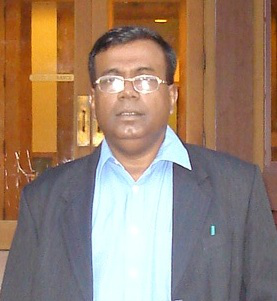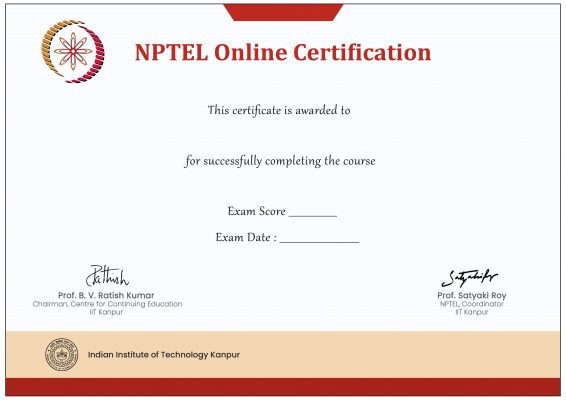Description
This course is designed to provide an integrated introductory treatment of airplane performance with flavor of aircraft design and flight testing.
INTENDED AUDIENCE
UG/PG of B.Tech/BE in any discipline of engineering
INDUSTRY SUPPORT
DRDO, HAL, Boeing, Airbus, Bell, McDonnell Douglas, UAV Factory, Lockheed Martin
ABOUT THE INSTRUCTOR

Prof. A.K. Ghosh is a faculty of Aerospace Engg. Department of IIT Kanpur. He is also the in-charge of the flight laboratory and unmanned aerial vehicle of IIT Kanpur. His research areas include system identification through flight tests using conventional and neural network based methods, design of aircrafts and airborne projectiles, supercavitation, unmanned aerial systems. Before joining IIT Kanpur, he worked as a scientist with Defense Research Development Organization (DRDO). He has published many peer reviewed journal papers and conference papers, guided 13 doctoral students, and 38 masters students. He is also a mentor of multiple aerospace start-up companies, and also been associated with major industry contributions of high speed low drag aircraft bomb, Pinaka Mk-I, 105mm sabot round for tracked vehicles, etc.



Reviews
There are no reviews yet.